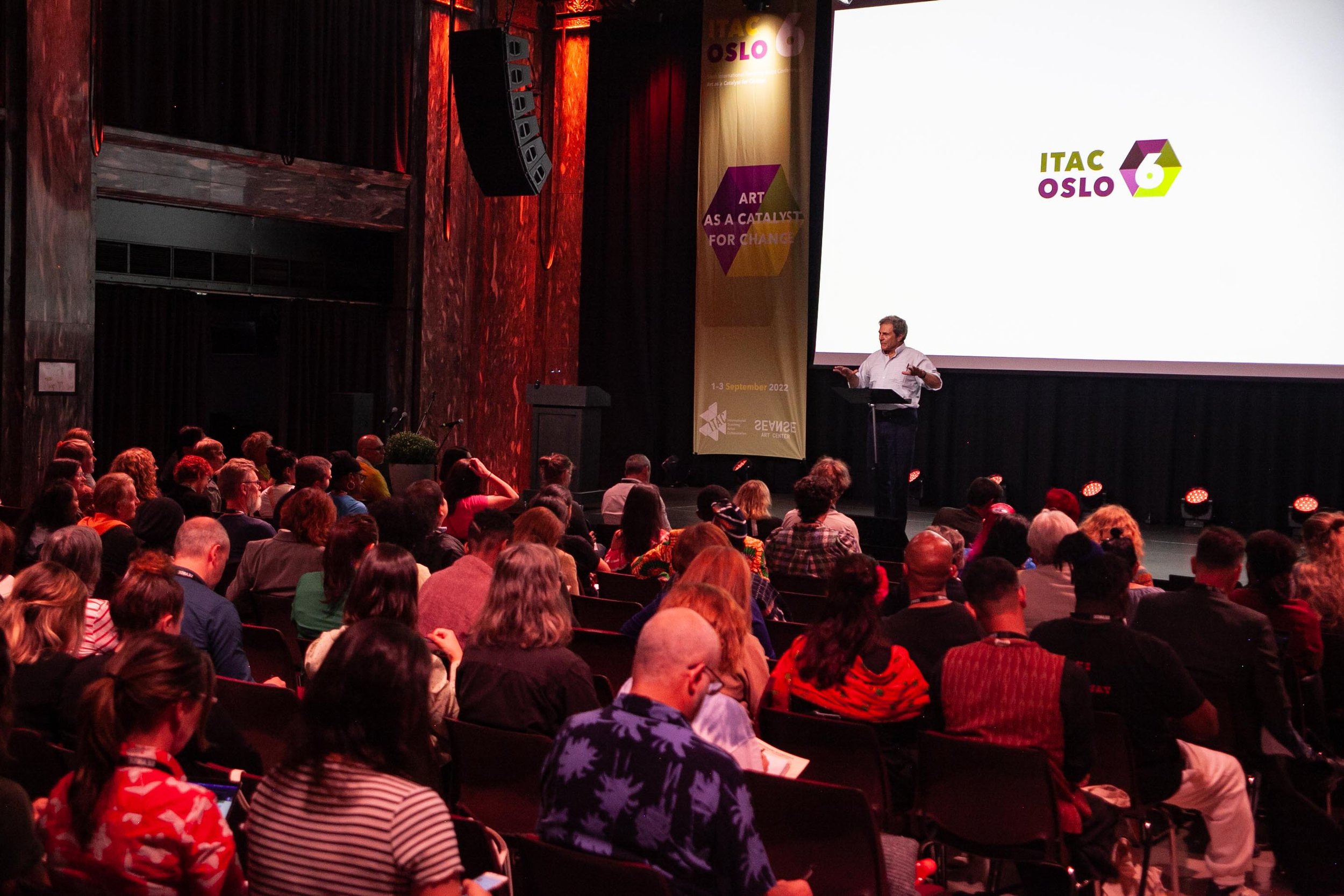
TEACHING ARTISTRY
There is no consensus definition of “teaching artist” in the evolving field of arts education. Five years ago, even the term would spark arguments from those who preferred the traditional labels of “visiting artist,” “resident artist,” or even “artist educator.”
To know who you are, you must know where you come from. So too for the emergent profession of teaching artistry, which might be described as a young adult—past teen years but still not moving with a twentysomething’s confident stride. This essay aspires to trace briefly the history of teaching artistry.
These six inclinations, understandings and habits of action of artists form the Six Fundamentals of Teaching Artistry.
After an era of intense specialization of the arts, our understanding of artistry has begun in the past two decades to expand again. Development of the field of “teaching artistry” has led to artists working experientially in educational, lifelong-learning settings and expanding into health care, corrections, and non-arts professional development. Community artistry has developed “social practice,” the work of artists engaging with communities in the cocreation of participatory art for social impact.
Here are some suggestions about planning and practice for Teaching Artists to consider as they begin their work. This collection derives from asking myself the question, “What advice would I want to give to a new Teaching Artist in any artistic discipline?”
Dorothy Day, founder of the Catholic Worker movement, famously said that “The greatest challenge of the day is: how to bring about a revolution of the heart, a revolution which has to start with each one of us?”
I’m thinking about it because I am often asked about it. The Leadership Lab, developed within Lincoln Center Education (LCE), was the first time I got to design a training for the most experienced TAs. Sadly closed now, this essay describes how it worked.
To help the field of teaching artistry grow, I have long sought an analogous profession as a comparative example, to clarify our identity and potential.
MUSIC FOR SOCIAL CHANGE
All dedicated music educators share the same DNA, and even share much of the same heart, gut, intuitions, and sets of skills. We share core beliefs, common aspirations, and many similar practices.
Starting a new arts organization brings a jumble of challenges. Leaders of startups find themselves dealing with a crazy-quilt of issues every day, from details like the nutritional content of snacks, to advocacy presentations for parents, and data collection for funders—all in the same afternoon.
The purpose of this document is guidance. These ten fundamental elements described (which are continually being refined) are neither a checklist nor a set of requirements, and they certainly overlap.
Here are two scenarios used in recent child development research. A four-year-old child is handed an unfamiliar toy and invited to play with it. The child is delighted to discover it squeaks when squeezed, and keeps trying different things with it,
MIXED BAG
Interactive performances succeed to the degree that teaching artistry moves onto the stage and into concert traditions. And probably the boldest kind of interactive performance is the Very Open Rehearsal. Take a deep breath…you can do this.
Bookstores place the bestsellers out front. Even online, the bestsellers appear on the homepage. Well, duh. It’s Marketing 101.
Over the years, I have asked many education professionals the following question: If you were to place all your chips on one key idea upon which to stake American school reform, which gamble seems best to take?
Reflection and self-assessment—two basic, ancient, essential human processes. Do you think of them as essential to all musicians and composers?
We know a lot about the ways to spark, support and sustain the learning of students in our school residency programs.
